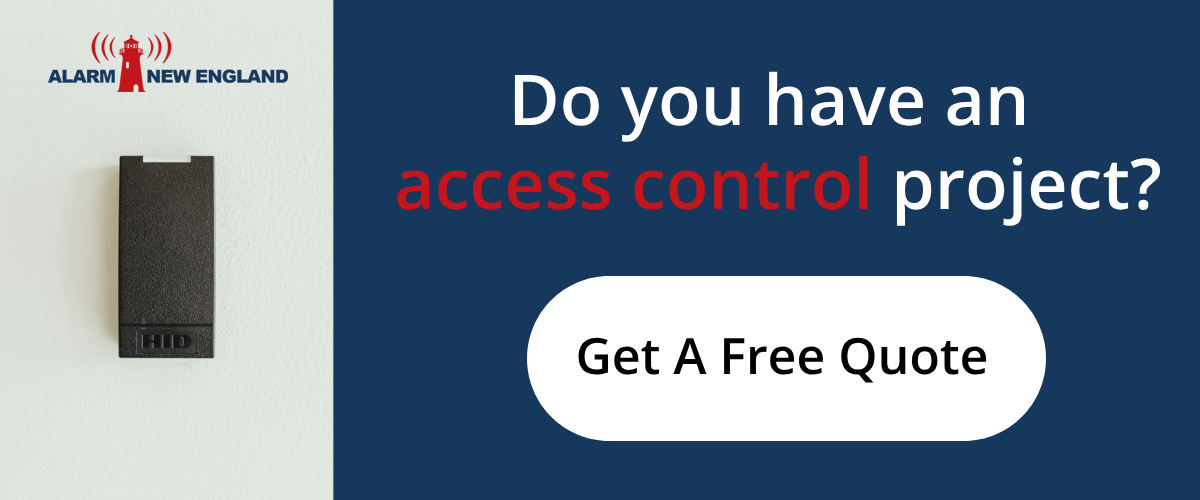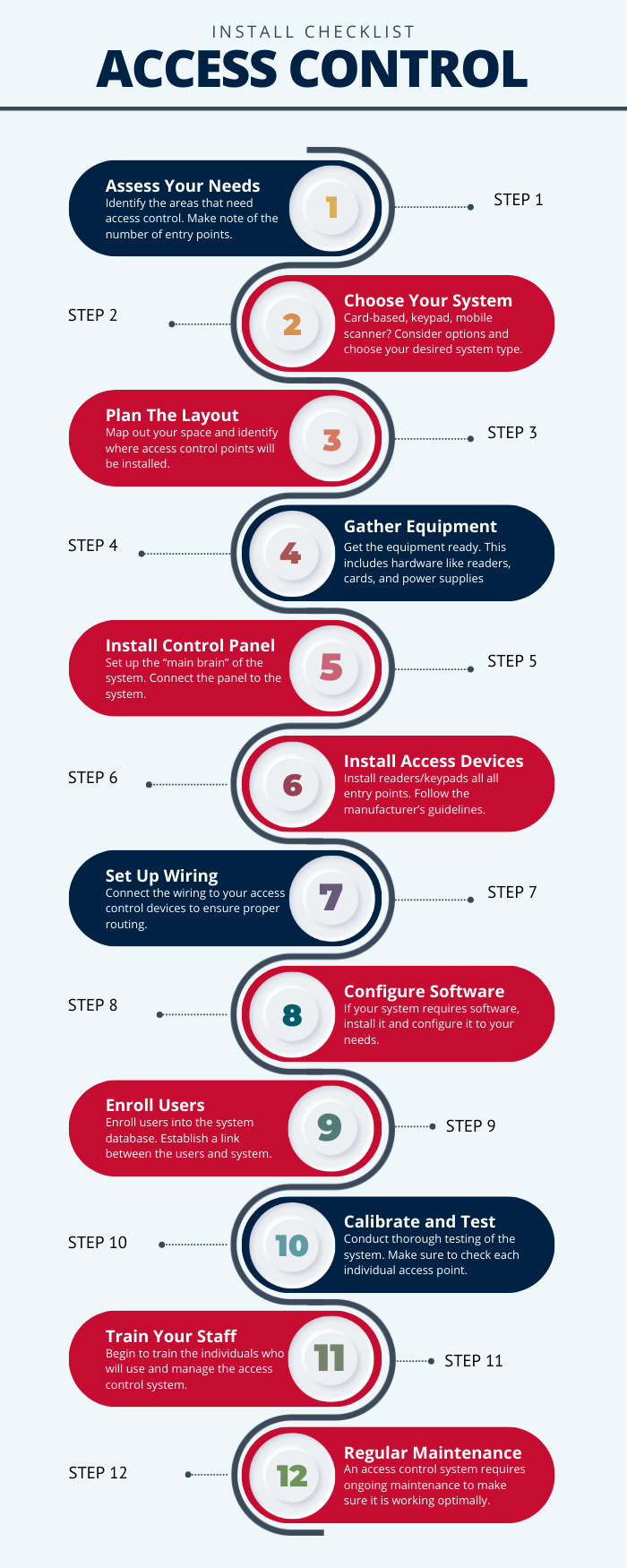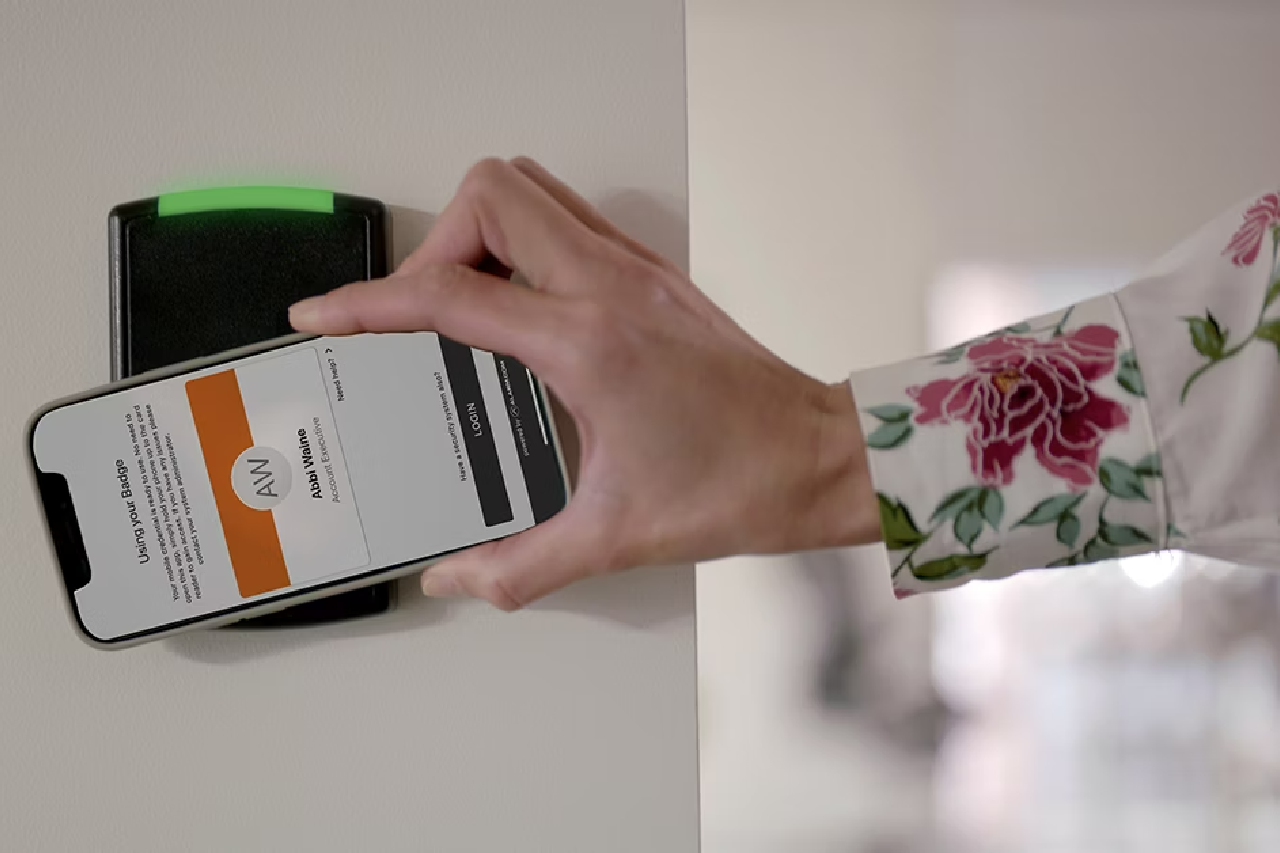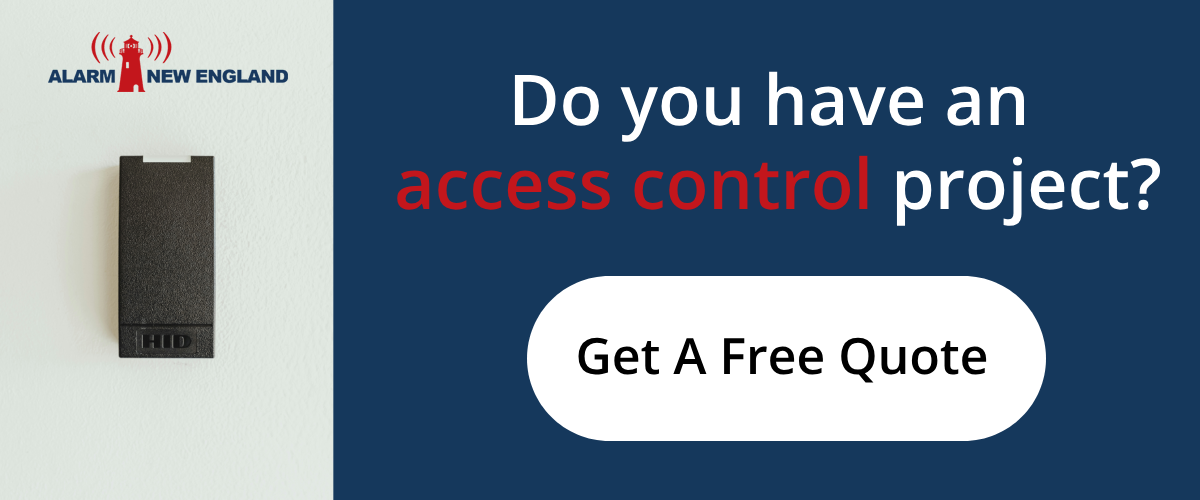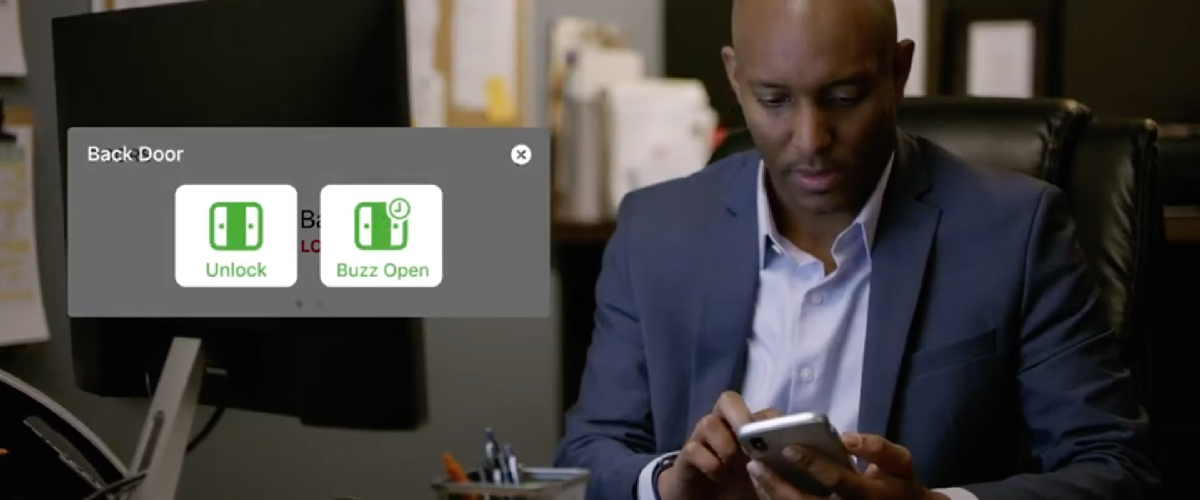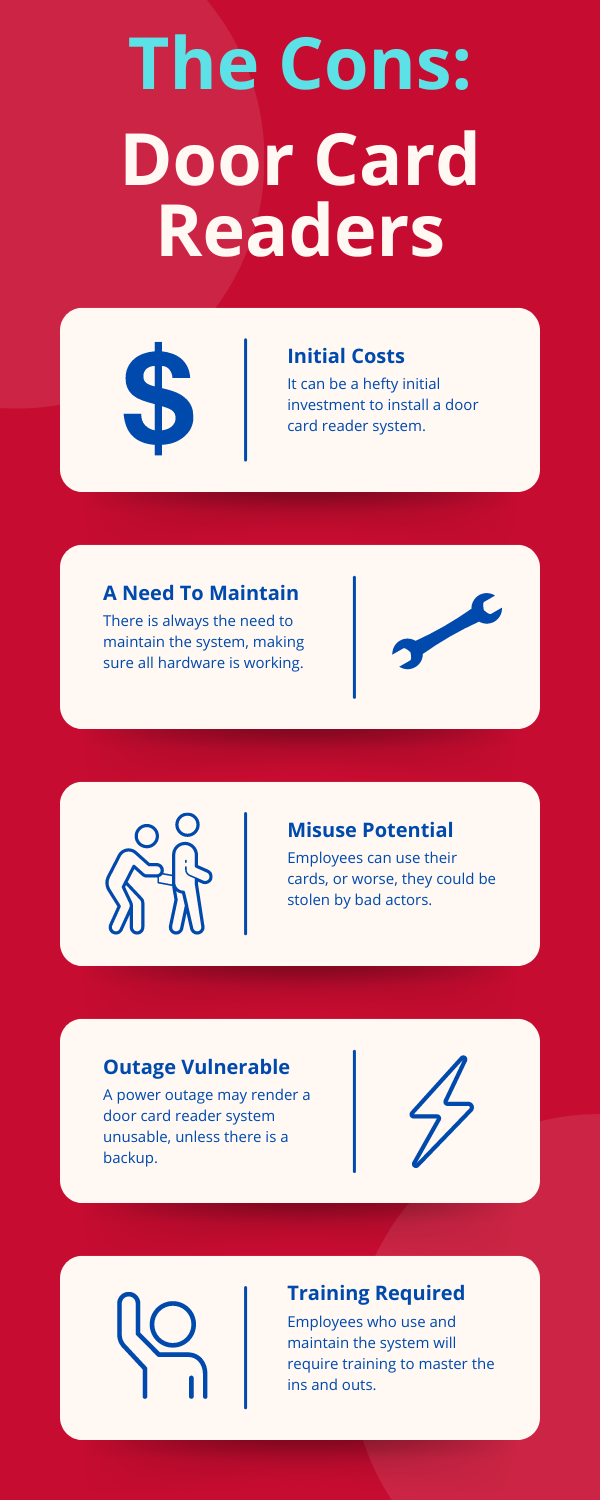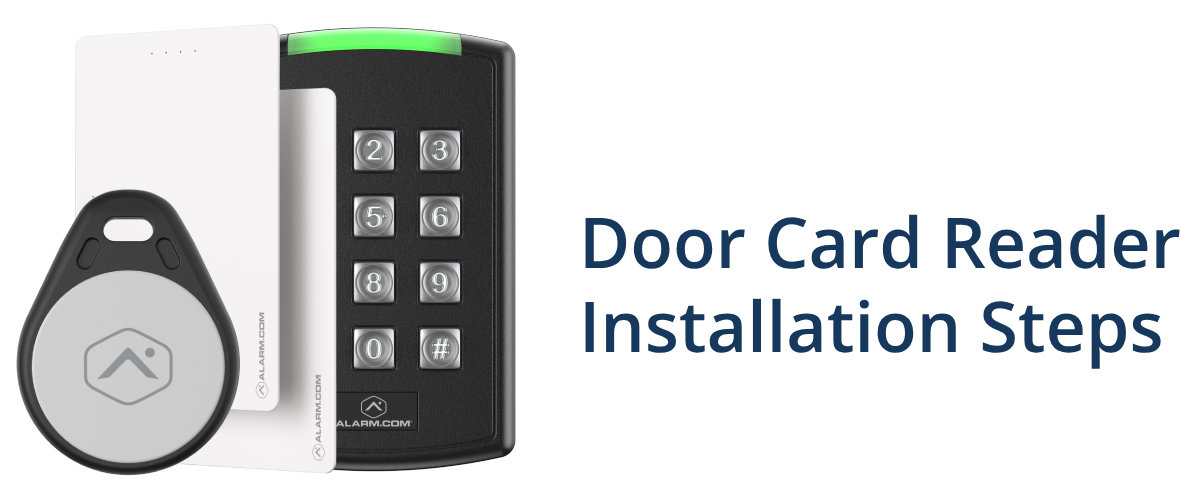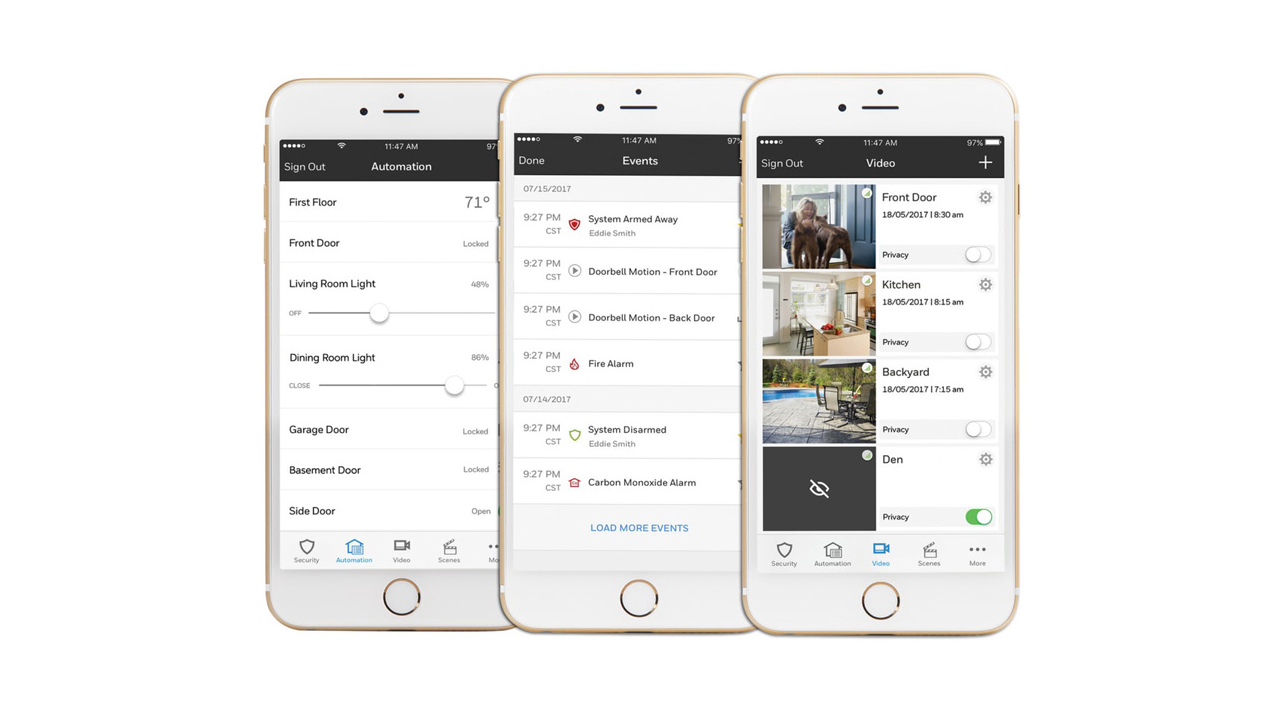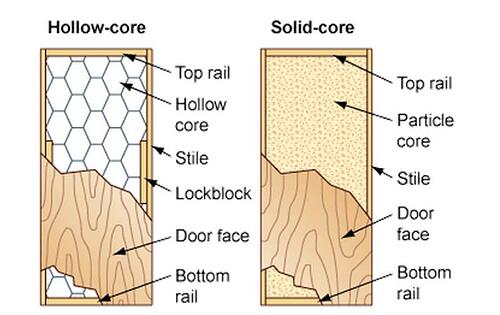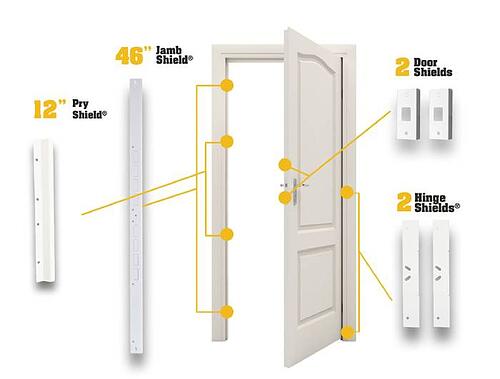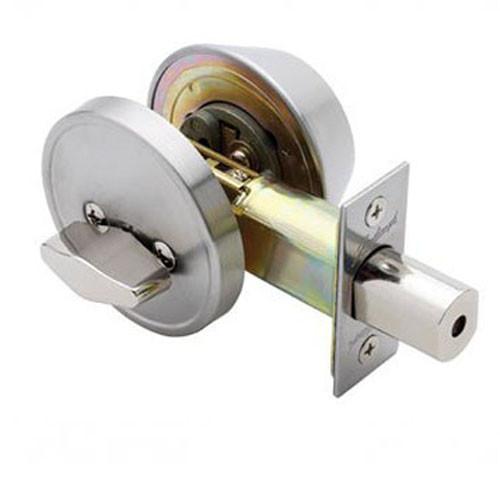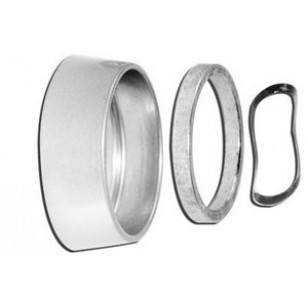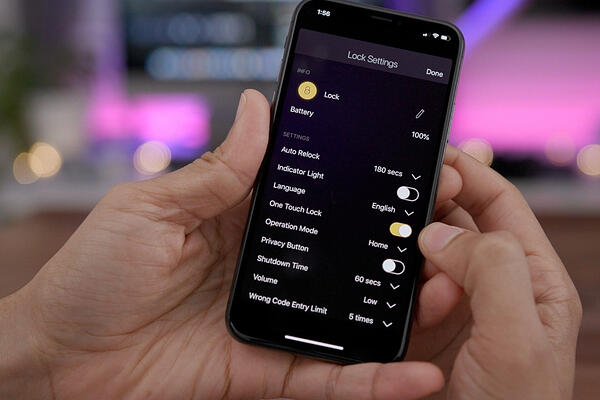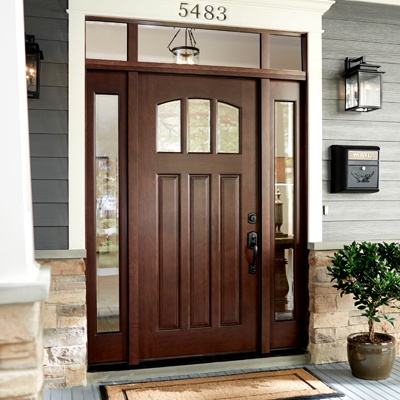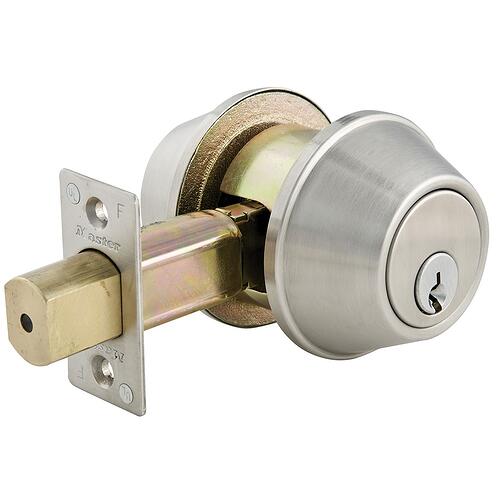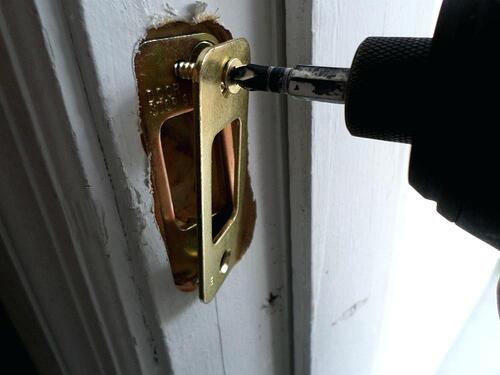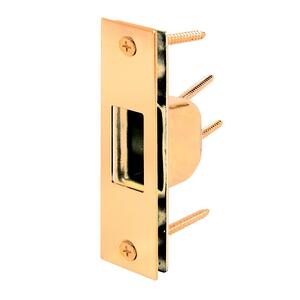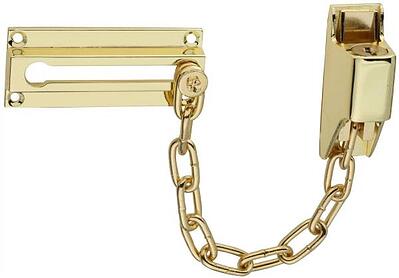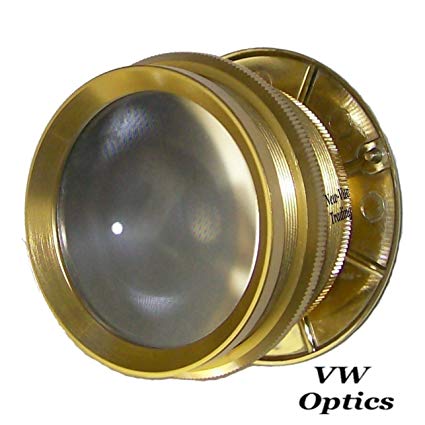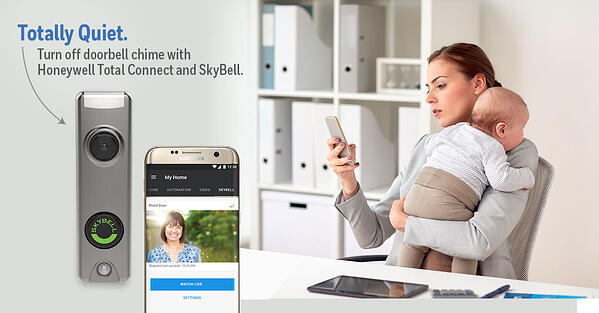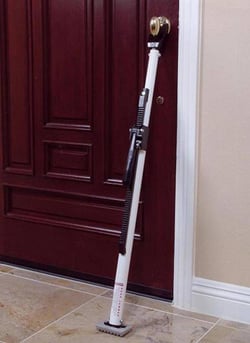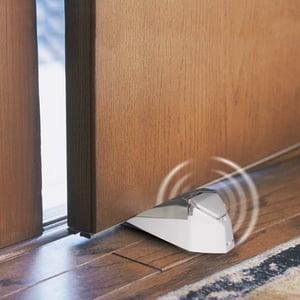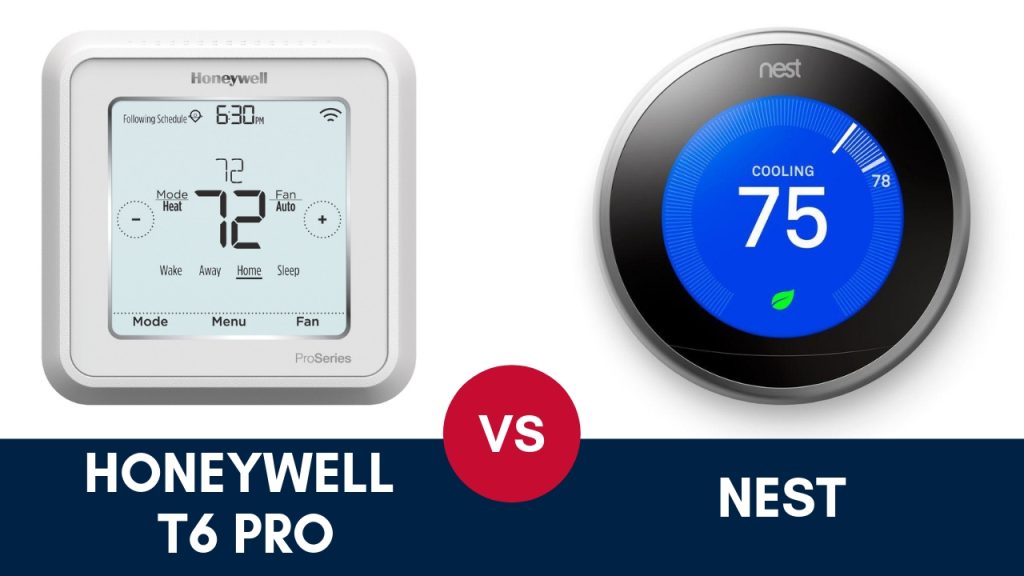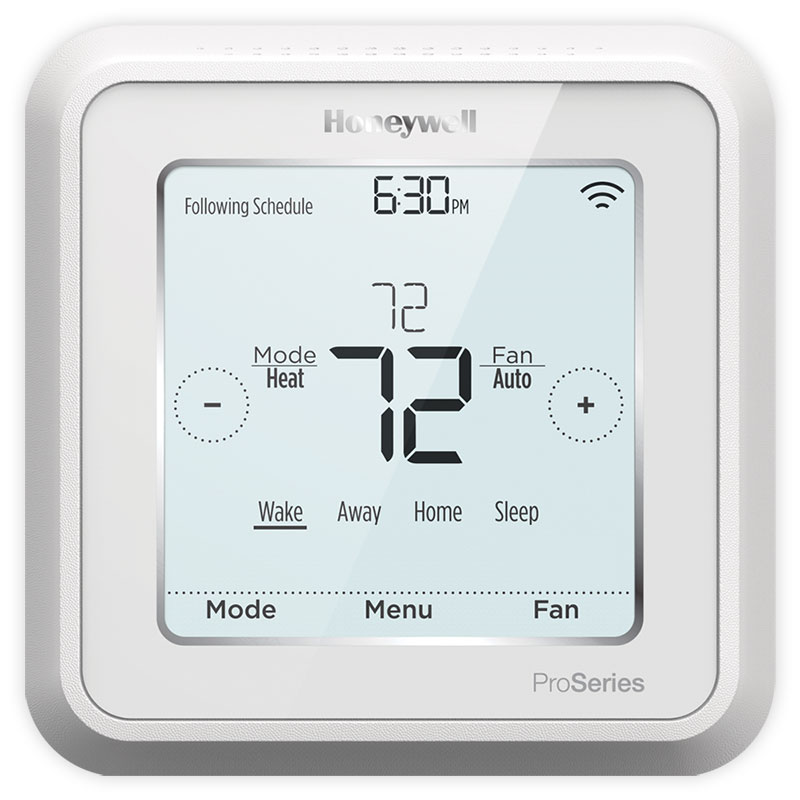Whether you’re looking to install a home security system or want to upgrade an existing one, you might be overwhelmed with the number of choices available.
There are so many home security companies and they all offer what sounds to be the best deals ever. So how do you choose which one to use?
It’s a good idea to read up on home security system reviews, particularly as customer service quality is highly regional and can vary depending on where you live.
We’ve tried to take some of the guesswork out of choosing a home security system by breaking it down into three criteria: price, features and equipment, and customer service.
This review will help you narrow down your choices so you can find the right home security system for you in Massachusetts.
How We Choose the Best Home Security Systems
Each household is different and has different security requirements. Many home security system companies offer various types of products, and some will be more suitable for your needs than others.
By seeing how various companies compare, you can find the best home security system that meets your needs.
Price
Many security companies have taken to offering various plans at different rates. Some of these plans include equipment and upfront fees, while others don’t. The differences in pricing can be confusing when you’re trying to work out the total cost of the entire security system.
We take into account both monthly fees and any initial costs to provide you with an estimate of which companies are more affordable and which are more expensive.
Customer Service
A customer service experience can make or break your opinion of a company. You want a company to be responsive when you have an emergency. And you also want it to be available and helpful when you have any other inquiries as well.
We look at the availability of customer service, how you can contact them, the expertise of the technicians, and any other factors that influence how the company interacts with you.
Features and Equipment
For many people, the features and equipment of their home security system is the most crucial part of selecting a provider. Some home security companies in the state offer high-tech wireless home security systems to integrate with a smart home, while others offer only the basics.
Many companies will even provide various options and plans to cater to every user. Users range from people who want home security systems with cameras to tech wizards who wish to integrate their smart home and security system.
Let’s take a look at some of the best home security systems in Massachusetts.

We primarily operate in Rhode Island, Massachusetts, and Connecticut and have offered security services to residents and business owners for the past 53 years.
We’ve developed a reputation for excellent customer service and reliable equipment and monitoring while staying true to our founding principles.
It allows for a lot more flexibility than other security companies by allowing you to customize your plan. Professional monitoring and top-notch equipment makes Alarm New England’s offering hard to beat.
Price
Unlike other state-based home security companies in Massachusetts, we don’t sell pre-packaged systems. Instead, works on a monthly plan that includes equipment and monitoring. This plan can be upgraded to include fancier features such as home automation or video surveillance if you need it.

What makes our pricing so attractive is that customers pay for what they need. The offers 3 plan levels, all of which include professional-grade home security equipment and monitoring. Our monthly payment plans start at just $31.99.
Customer Service
One of our greatest assets is our reputation for being reliable and professional. This has made us favorite among many New England residents who have been using us as their security provider for decades.

While we provide great phone support, you also have the option of contacting us by email if you prefer.
Features and Equipment
We use pro-grade Alarm.com technology, so you can be sure it’s high quality and reliable. The company is an Alarm.com authorized partner. The basic plan includes a touchscreen panel and burglar detection, while more advanced plans include features like custom alerts and access to our interactive app. This app allows you to operate various security features from your smartphone.
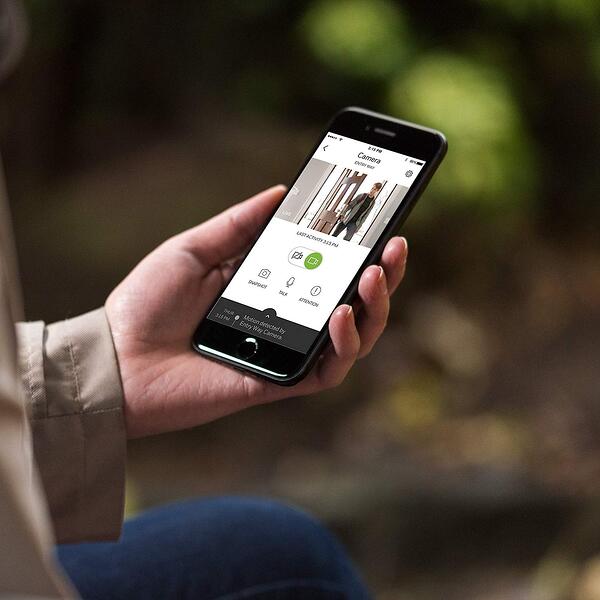
The Pro package also comes with cameras that you can use to stream video surveillance to your phone. You may also connect to many other smart home devices, such as locks and lights. We professionally install all of our equipment, and ensure it has the ability to easily upgrade as security technology advances. We provide the premier option to protect your Boston home.
Alarm New England Summary
- Offers modern, cutting-edge burglar alarm systems.
- Additional automation options, video surveillance systems
- Competitive pricing pros install
Wayne Alarm Systems
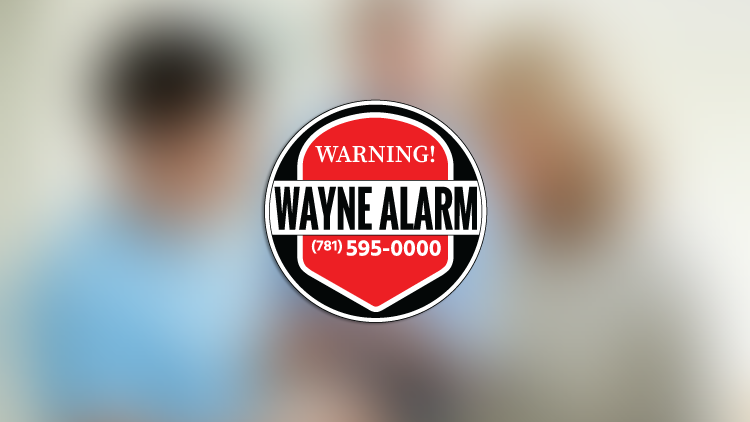
Wayne Alarm Systems is another local Massachusetts security company that specializes in both business and residential security solutions. Not only does it offer burglar alarms, but it also has medical alert systems security, environmental monitoring, and smoke detectors to ensure your home is safe at all times.
Price
Unlike larger home security systems in Massachusetts, Wayne Alarm Systems don’t offer plans. Instead, it personalizes the equipment and pricing depending on your particular needs. This means that you have to pay for the equipment and installation upfront and then pay for security monitoring monthly.
While the initial outlay may be expensive, you have the flexibility to then keep up with the monthly monitoring payments. Or you can move to another company without being stuck in a lengthy contract that you can’t terminate.
Customer Service
Wayne Alarm Systems prides itself on its professionalism and high quality of work. It has consulted with numerous residential and business clients who have all been satisfied with the quality of work.
The company offers a personal touch, which many of the larger security companies lack, thanks to its customized service for each household.
Once you’ve become a customer, you can access your account portal. The portal allows you to pay your bills online, manage access into your building, and even take advantage of Honeywell Total Connect Remote Services. Customer service is also available via phone, email, and social media.
Features and Equipment
Wayne Alarm Systems offers many of the features you’d expect from a home security company in MA. They will adjust their equipment and feature recommendations based on your needs. If you’re looking at smart home security systems or something that integrates smoke detectors and environmental monitoring, Wayne Alarm Systems will have the solution for you.
The company offers basic burglar detection systems with emergency monitoring, which can you can upgrade with additional sensors or cameras. You can also connect your security system to your smart home and use it to control your door locks and even your thermostat.
Wayne Alarm Systems also offers access to Honeywell’s Total Connect service, which includes real-time alerts, GPS tracking, and mobile control. The access allows you to control your entire home from your smartphone.
American Alarm

Established in 1971, American Alarm has been installing residential and commercial security systems in New England for decades. Despite its long history, the company has kept up with modern security trends. Its experienced team is willing and able to install anything from simple burglar alarms up to integrated smart home security systems.
Price
As American Alarm offers individual, customized service, it’s difficult to give an estimate on its services. However, unlike other security companies, it offers a lifetime warranty on its installations. You pay for equipment and installation costs upfront, and then you pay for security monitoring every month.
American Alarm’s contractors understand that a budget can be a limiting factor in the type of security system you install. That’s why they do their utmost to give you the best options for your needs to fit your budget.
Customer Service
American Alarm is dedicated to customer service and great customer experiences. The company has established a proactive customer plan that includes a lifetime warranty on all equipment installed, as well as a free annual wellness inspection.
It also remotely tests all residential home security systems weekly to make sure that everything is working optimally, and American Alarm will pay any costs incurred for a false alarm.
American Alarm is also available via email or telephone and is prompt in answering any questions or concerns you may have.
Features and Equipment
American Alarm offers a suite of features, from burglary detection to video surveillance, medical alert systems, and fire alarm systems. The company provides comprehensive monitoring services from its security command center and responds to priority signals within 20 seconds.
American Alarm performs all installations of security equipment itself and will test equipment regularly to make sure everything is working as expected.
Cape Cod Alarm

Another local company, Cape Cod Alarm, works mainly in Cape Cod but also serves most of southeastern Massachusetts. It has Cape Cod’s only UL-listed monitoring station, which is open 24/7, all year round.
Cape Cod Alarm works with both residential and commercial clients and has kept up-to-date with recent security trends.
Price
Cape Cod Alarm offers custom quotes to install a whole array of security equipment based on your needs. It also offers new customer specials, such as a free yard sign when you sign up or three free months of monitoring if you refer a friend to the service. The company also offers various maintenance and service plans for residential accounts for a fixed yearly rate.
Customer Service
Because Cape Cod Alarm is a local business, it relies a lot on word of mouth, so its customer service is impeccable. It has a Better Business Bureau rating of A+ and has had no customer complaints to the BBB.
Features and Equipment
Cape Cod Alarm installs and services a variety of equipment for both residential and commercial clients. Its intrusion and burglary protection plans can range from essential to full-featured systems depending on your needs.
The basic features include sensors on the doors and windows as well as the control panel of your choice. The company also installs indoor and outdoor cameras that you can view remotely.
Cape Code Alarm also offers environmental monitoring, which you can combine with your home security system for a comprehensive alarm system.

ADT is a security company that has made its name on security systems. It’s easily one of the most recognizable brands and offers high-quality service and equipment. If you’re looking for a one-stop home security system solution and you’re willing to commit to a multi-year contract, ADT may be the right option for you.
Price
ADT offers a variety of packages, which feature both equipment and monitoring, called Protect Your Home. These packages all come with different features and costs. Their ADT basic plan costs $28 per month, and it features standard alarm equipment such as motion sensors, a control panel, and a wireless remote.
Their most expensive plan includes the security system along with home automation integration, video monitoring and indoor surveillance. It costs just under $60 per month.
The main drawback of ADT is that it requires you to sign a two or three-year contract. You can’t terminate it early without incurring termination fees.
Customer Service
As ADT offers its services nationwide, you may find that regional differences impact its customer service quality. In general, ADT has a reputation for excellent customer service and has an emergency 24/7 hotline as well as regular customer service hours.
It also has alternative contact options, including live chat and email if you prefer to contact customer service electronically.
Features and Equipment
The base ADT plan comes with a full security system composed of a motion sensor, wireless sensors, a backup battery, the base system and a control panel. As you move up in plans, you can get more features and equipment, including indoor cameras, keychain remote controls, carbon monoxide sensors, and smoke detectors.
You can also integrate your ADT security system with the rest of your smart home by adding smart locks and using ADT to control your thermostat and lights.
ADT’s base system is straightforward to use and is installed by an ADT professional. The controls are intuitive, and you can even choose which type of push-button panel you want installed.
Selecting the Right Home Security System for You
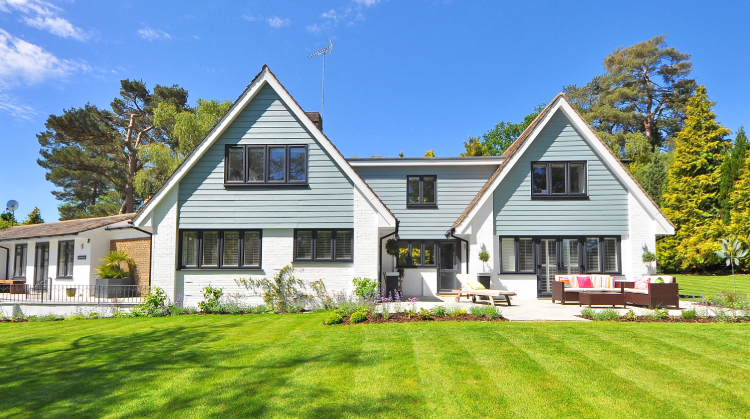
By now, you have a better understanding of the home security system options on the market in Massachusetts. Once you know what equipment, features, and monitoring you need, compare prices and customer reviews to find the home security system that works for you. If you are still unsure, please see some MA home security frequently asked questions below.
What Are The Best Home Security Systems in MA?
Are you searching for a Boston home security system? Maybe you are struggling to find the best option. You can research online and read review or check out our helpful frequently asked questions below.
Frequently Asked Questions About Home Security Companies
Here are questions and answers to some of the most common security questions we’ve heard our customers ask.
Who are the top 5 security companies?
We believe the top 5 security companies in MA are Alarm New England, Wayne Alarm Systems, American Alarm, Cape Cod Alarm, and ADT. All of which are the Massachusetts alarm companies listed here in this guide.
Who is the top competitor to ADT?
While ADT is a well-known nationwide brand that also serves MA, we believe local alarm companies are the best alternative. The service and regional know-how from a local MA alarm company is a competitive edge over ADT, who services homes and businesses across the country. While you may be just another number to ADT, choosing a Massachusetts alarm company might prove better when it comes to system maintenance and customer service.
Is it better to buy your own security system?
When making an investment such as purchasing home security equipment, it’s best to own the equipment. When you own the equipment, you are free to use the equipment as you see fit. You are not locked into a canned solution from a security provider that might not suit the needs of your home. Home security companies like Alarm New England frequently advertise how with their plans you can use your existing security system. More often than not, owned equipment can be reused if you happen to switch alarm monitoring service providers.
Why not to use SimpliSafe?
Similar to ADT, SimpliSafe is another home security brand that is established nationwide. In our experience speaking to SimpliSafe customers, we have noticed how they frequently bring up issues with poor customer service. Many have complained about long wait times when something goes wrong with their equipment. For more on why not to use SimpliSafe solutions, check out the research we did on Alarm New England vs. SimpliSafe.
To reach the Alarm New England team with any questions you will find our phone email and more below:
Alarm New England Boston
Address: 2 Park Plaza #305, Boston, MA 02116
Phone: (617) 237-1684
Or Send Email: sales@alarmnewengland.com

